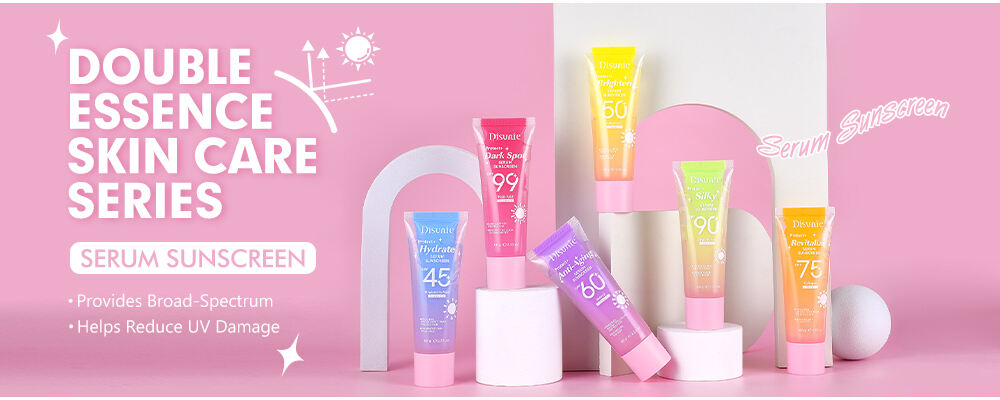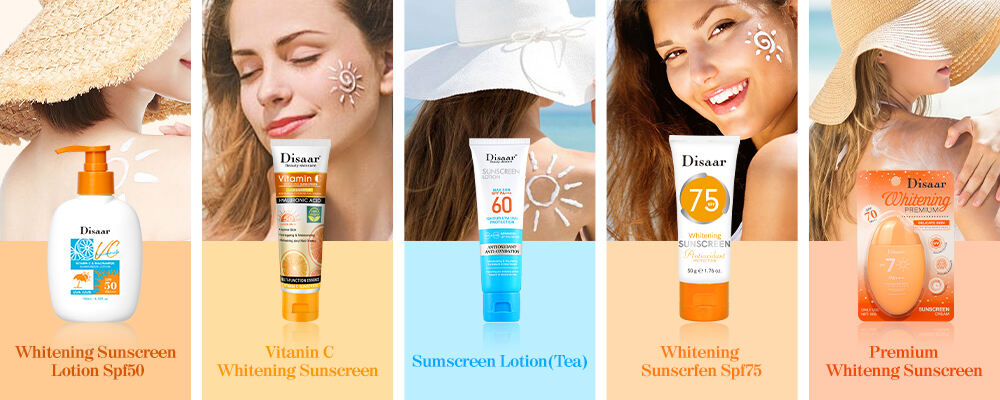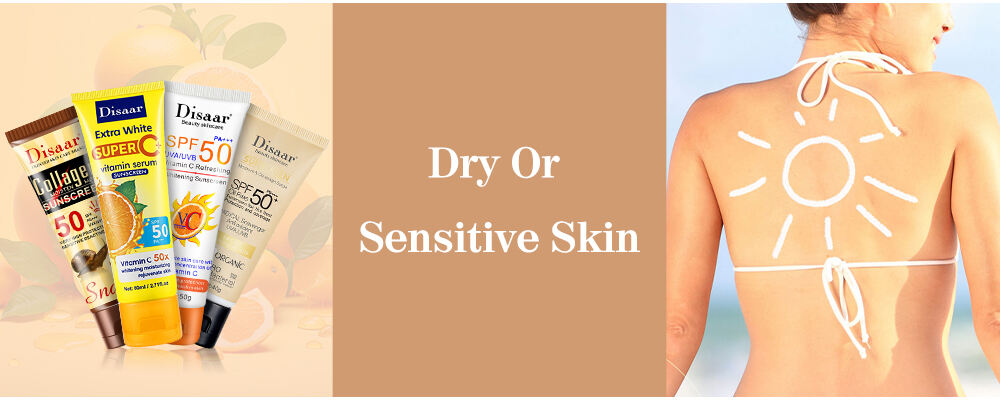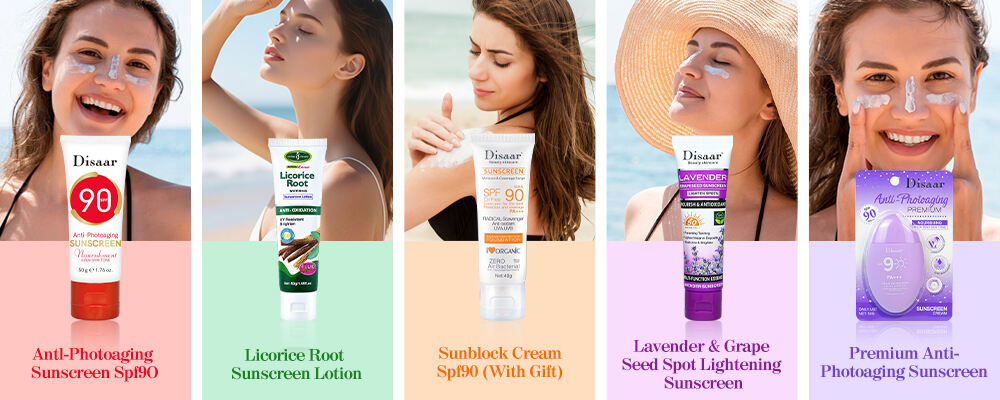Choosing the right whitening sunscreen is essential for maintaining bright, even-toned skin while protecting against UV damage. Sunscreen is a non-negotiable step in any skincare regimen, and when it’s combined with ingredients like niacinamide, the benefits extend beyond just shielding your skin from the sun. Whitening sunscreen can prevent hyperpigmentation, dullness, and long-term sun-induced aging when selected and applied correctly.

Whitening sunscreen provides a two-in-one solution—offering UVA/UVB protection while incorporating active ingredients that help reduce dark spots and even out skin tone. Unlike traditional sunscreens that only block harmful rays, whitening sunscreen often includes components like niacinamide, vitamin C, or arbutin, which are known for their brightening properties. Using such products consistently helps diminish the appearance of freckles, sunspots, and acne scars over time.

UV radiation can penetrate deep into the dermis, triggering melanin production. This process leads to pigmentation and sun damage. Whitening sunscreen works by both blocking UV rays and inhibiting melanin synthesis through its brightening ingredients. Understanding this dual mechanism allows you to appreciate why whitening sunscreen should be a daily necessity rather than an optional step.
For oily or acne-prone skin, whitening sunscreen should be lightweight, oil-free, and non-comedogenic. Look for gel or fluid textures that won’t clog pores. Niacinamide is particularly beneficial for this skin type as it helps control sebum and reduce inflammation. Whitening sunscreen with mattifying effects can also help reduce shine throughout the day while protecting the skin barrier.
Individuals with dry or sensitive skin need a whitening sunscreen that offers hydration and soothing properties. Choose products with ingredients like hyaluronic acid, glycerin, and centella asiatica along with niacinamide to prevent irritation. Cream-based sunscreens are often better suited for this skin type as they provide longer-lasting moisture and barrier repair.

Niacinamide is a powerhouse ingredient in whitening sunscreen. It not only fades dark spots and prevents new ones but also strengthens the skin’s lipid barrier, helping retain moisture and protect against environmental stressors. Regular use of niacinamide-containing whitening sunscreen results in smoother, more luminous skin.
Other valuable ingredients in whitening sunscreen include vitamin C, green tea extract, and licorice root. These antioxidants combat oxidative stress caused by UV exposure. Soothing agents like aloe vera and allantoin reduce redness and calm the skin, making sunscreen application a more comfortable experience, especially for sensitive skin users.
To achieve the full benefits of whitening sunscreen, applying the correct amount is critical. Most dermatologists recommend using at least a quarter teaspoon for the face and a full teaspoon for the face and neck combined. Ensure even coverage by applying the product in layers and allowing time for absorption between layers.
Whitening sunscreen needs reapplication every 2 to 3 hours, especially during outdoor exposure. When layering with other products like moisturizers or serums, apply sunscreen last to ensure its protective barrier remains intact. Tinted versions of whitening sunscreen can also provide coverage and even skin tone, reducing the need for heavy makeup.
Whitening sunscreen is not a bleaching product. It works gradually over time to even out pigmentation and prevent further discoloration. Claims of overnight results are misleading. Consistency and proper skincare practices are the true path to visibly brighter skin.
UV rays can penetrate windows and cloud cover, so skipping whitening sunscreen on such days still exposes your skin to damage. Indoor lighting, particularly from screens and LEDs, can also contribute to pigmentation. Daily use of whitening sunscreen is vital regardless of weather or location.
Those who spend a lot of time outdoors need a high-SPF, water-resistant whitening sunscreen. Look for broad-spectrum protection with added antioxidants to combat environmental pollutants. Stick or spray forms offer convenience for reapplication on the go.
Even with limited sun exposure, individuals should not neglect whitening sunscreen. A lightweight, non-greasy formula with niacinamide can be easily incorporated into a daily routine without interfering with makeup or comfort. Products with added hydration can combat dryness caused by air-conditioned environments.
Long-term use of whitening sunscreen reduces the appearance of fine lines, wrinkles, and sagging caused by sun damage. By protecting collagen and elastin fibers, it contributes to firmer and more youthful skin. Niacinamide also helps smooth skin texture, further enhancing its anti-aging impact.
When used daily, whitening sunscreen can transform the skin’s overall tone and texture. It helps users maintain a radiant complexion and prevents future pigmentation. This consistent improvement often leads to increased confidence and reduced reliance on makeup to conceal flaws.

A whitening sunscreen should have at least SPF 30 for daily use and SPF 50 for extended outdoor activities. Higher SPF provides better UVB protection, which is essential for preventing dark spots and pigmentation.
Yes, but formulations should be tailored to individual skin needs. Oily skin benefits from oil-free gels, while dry skin may prefer hydrating creams. Sensitive skin types should choose fragrance-free options with soothing agents.
Absolutely. Daily use is recommended by dermatologists. Whitening sunscreen protects against sun damage and gradually improves skin tone, especially when it includes ingredients like niacinamide and antioxidants.
Visible improvements typically appear within 4 to 6 weeks of consistent use. However, results may vary based on skin condition, product formulation, and overall skincare routine.